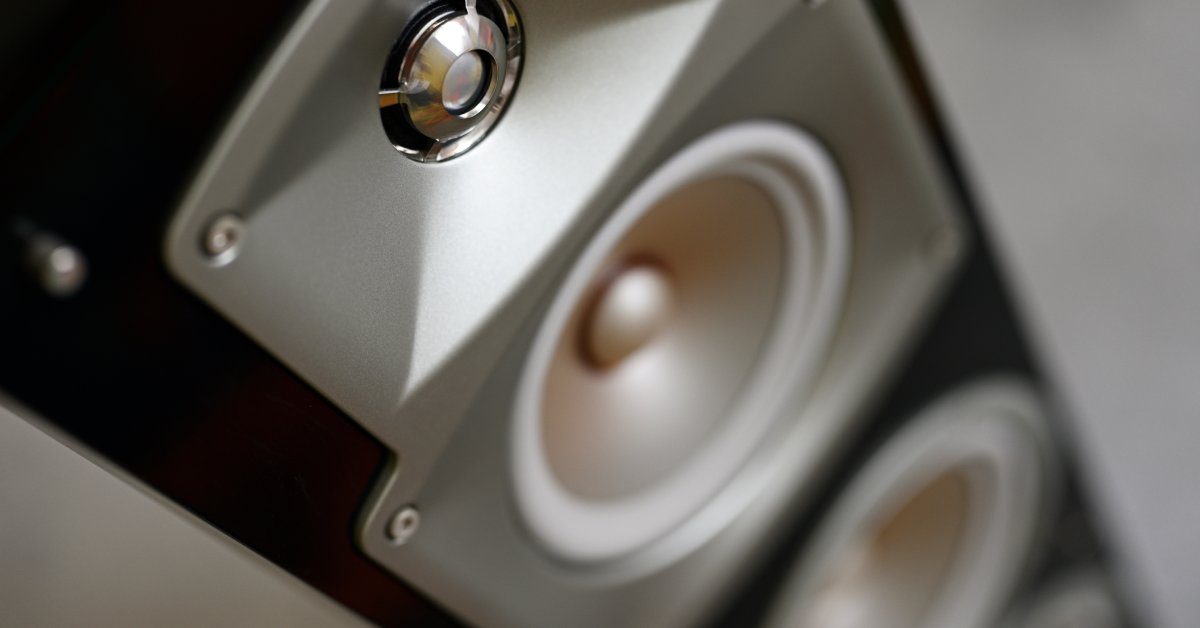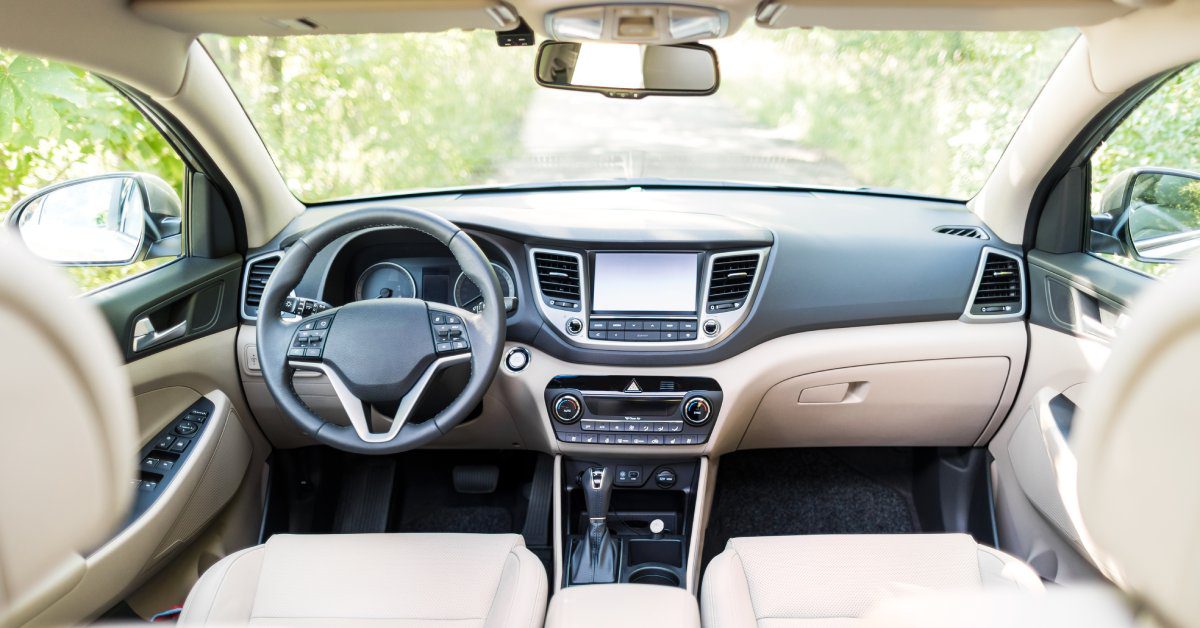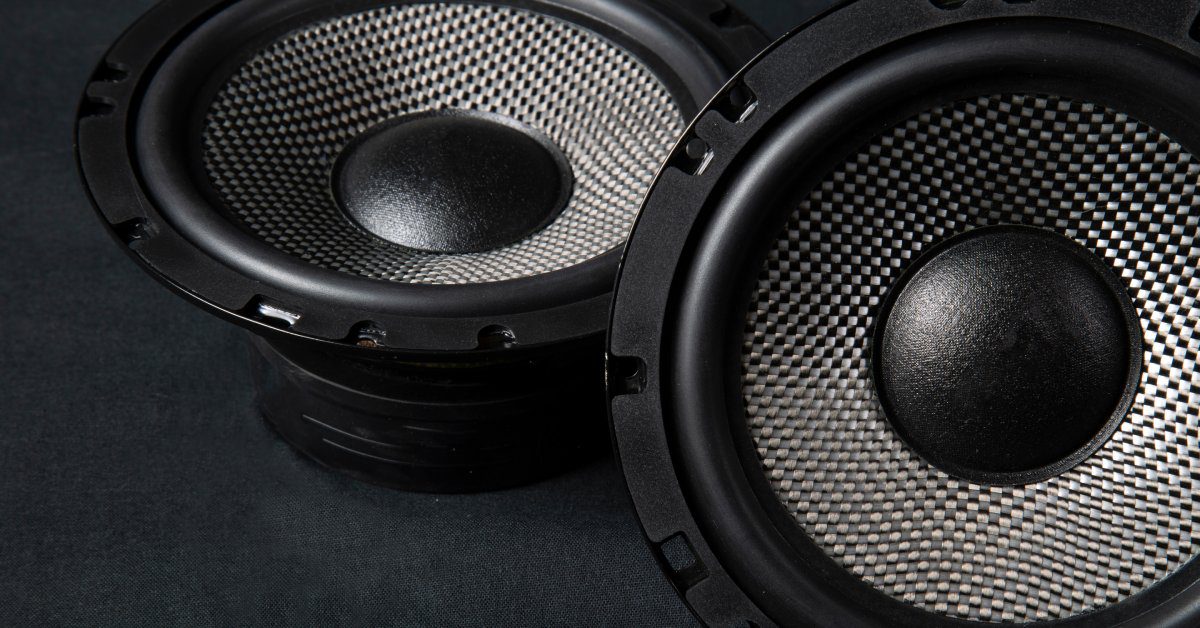For car audio enthusiasts, the joy of listening to music while driving goes far beyond simply turning up the volume. Achieving the perfect sound involves understanding the balance between speaker power and quality, two critical elements that directly influence your audio experience. If you’ve wondered how to find that harmony, this guide is your roadmap.
Here, we’ll break down the essentials of power specifications, explore the factors that define audio quality, and provide tips to help you make a well-informed decision for your car’s sound system. So, without further ado, here’s what you need to know to be able to expertly balance the power and quality of your car speaker system.
Understanding Power in Car Speakers
When choosing car speakers, power plays a pivotal role, influencing not just loudness but also overall performance. However, terms like “RMS” and “peak power” can often confuse those not familiar with them, so here’s what they mean and why they’re important.
RMS Power vs. Peak Power
RMS (root mean square) power is the power a speaker can continuously handle over an extended period without causing any significant level of distortion. This figure defines the sustained output your speaker can deliver while maintaining sound clarity. For instance, if a speaker offers 50 watts RMS, that means it can consistently handle 50 watts of power without compromising its performance.
Peak power, on the other hand, is the maximum power a speaker can handle in short bursts. While it’s an impressive number on paper, it’s not an accurate indicator of consistent sound quality. A speaker with a peak power of 200 watts may seem powerful, but without a solid RMS rating, it may not deliver reliable, distortion-free sound.
When you’re comparing speaker specifications, always prioritize RMS power over peak power. For a balanced, dependable audio experience, your amplifiers should also match or slightly surpass your speaker’s RMS capacity, ensuring seamless sound delivery.
How Power Impacts Your Listening Experience
One thing that’s critical to know is that more power doesn’t necessarily translate to better sound. The key is to align the speaker’s power with your vehicle’s environment and your listening preferences. A compact car might achieve excellent sound with lower RMS speakers, while larger vehicles may benefit from higher RMS output to fill the space with sound.
Overloading a speaker with more power than it can handle can lead to distortion and even permanent damage. Likewise, underpowering speakers can result in poor performance, especially in bass delivery. The goal is to match your amplifier’s power output with the speaker’s RMS rating for clean and uninterrupted sound.
Understanding Quality in Car Speakers

While power is essential, we can’t forget about speaker quality. This determines how that power translates into sound clarity, richness, and detail. Paying attention to specific characteristics related to quality is crucial when picking the right speakers for your car.
Key Factors That Define Quality
First, you must consider frequency response. This specification indicates the range of audio frequencies a speaker can reproduce, and this is measured in hertz (Hz). For example, if a speaker has a frequency response of 50 Hz to 20,000 Hz, it can produce deep bass tones at the lower end and crisp highs at the upper end. A wider frequency range typically ensures a richer sound experience.
The next thing to think about is speaker sensitivity. This is the measure of how effective a speaker is at converting power into sound volume, a measure represented in decibels (dB). High-sensitivity speakers (90 dB or higher) require less power to reach louder volumes, making them ideal for vehicles with factory-installed, lower-powered head units.
And, of course, you can’t overlook the importance of the materials used in the speaker. These directly affect the durability and performance of your speakers. Tweeters crafted from silk or fabric deliver smooth, natural sound, while those made from metal or ceramic produce brighter tones. For woofers, polypropylene or woven fabrics offer solid bass response and long-term durability.
Balancing Audio Quality
While quality is subjective and influenced by your musical tastes, it doesn’t mean it’s not important. If you enjoy bass-heavy genres, such as hip-hop or electronic music, you’ll want to focus on speakers with a low-frequency response and a robust woofer setup. Alternatively, for classical or acoustic music lovers, speakers with excellent tweeters and a wider frequency range will enhance your listening experience.
Tips for Perfecting the Balance
While you might have a good idea of how to balance your car speakers, striking the perfect harmony between power and quality requires careful thought. It’s not just about numbers on a specification sheet; it’s about creating an enjoyable, immersive listening experience tailored to your preferences and vehicle type.
Assess Your Needs and Vehicle Environment

Start by assessing your vehicle’s cabin size and acoustic environment. Since smaller cars typically require less power, they’ll benefit from smaller speakers that ensure crisp, detailed sound.
However, larger vehicles may need more powerful units to fill the space effectively. A spacious SUV or van might demand a system with strong RMS power combined with high-sensitivity speakers to maintain clarity without cranking up the amplifier too much.
Match Components Harmoniously
Think of your audio system as a team working together. Your amplifier, head unit, and speakers should complement one another. Look for an amplifier that closely matches the RMS rating of your speakers to prevent overpowering or underpowering them.
For example, if your speakers are rated for 60 watts RMS, pair them with an amplifier capable of outputting between 60 to 75 watts RMS per channel. This ensures both adequate power delivery and smooth, distortion-free operation.
Look Up Reviews Before You Buy
Before making a purchase, read reviews from trusted sources. Reviews can provide valuable insight into how a speaker performs across different setups. Look for feedback on sound quality, durability, and overall value.
Specifications are helpful, but real-world opinions from users and experts can give you a clearer picture of what to expect. The ones you find might even guide you to a pairing you would have never even considered yourself. Regardless of what you come across, these reviews will guide you toward the best choice for your needs.
Buy From Trusted Suppliers
When purchasing a speaker, be sure to choose a trusted supplier. Reputable car speaker sellers often provide warranties, reliable customer support, and authentic products. This gives you peace of mind, knowing you are investing in quality and not risking counterfeit or substandard items. Look for well-known retailers or authorized dealers, both online and in-store, to guarantee a secure transaction.
Additionally, trusted suppliers are more likely to have fair return policies, making it easier to address any issues if they arise. A little research into your supplier can go a long way in ensuring a smooth and satisfactory purchase.
Invest in Expert Installation
Even if you get all of the right stuff, top-tier speakers won’t perform well if you install them improperly. For the best results, consider working with a professional installer to ensure everything is correctly wired, aligned, and optimized for your vehicle’s acoustics.
If you’re looking for speakers for cars in Riverside, CA, then we’re your best option. Not only does Advanced Car Stereo Riverside sell the best speakers available, but we’ll also help you install them to ensure you get the most out of your new audio system.

